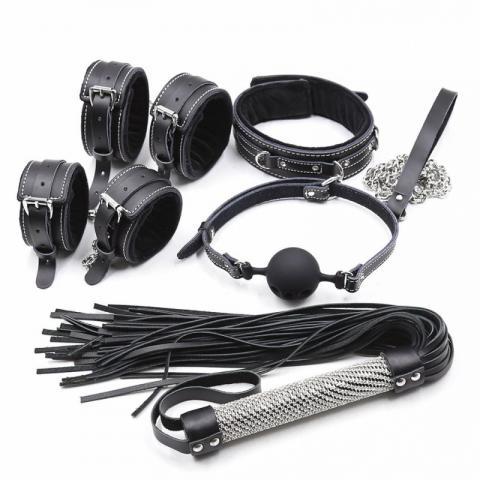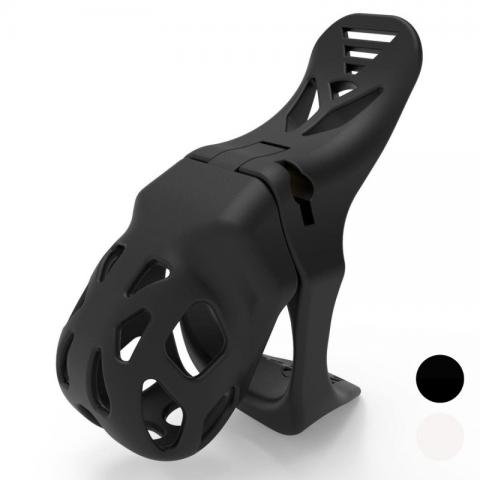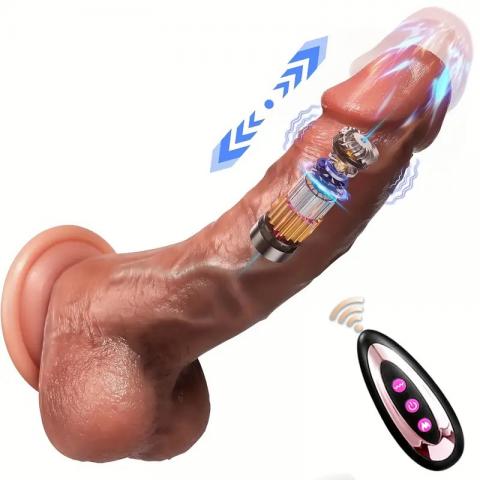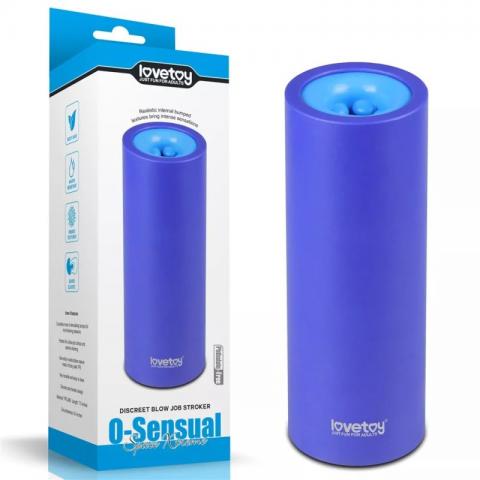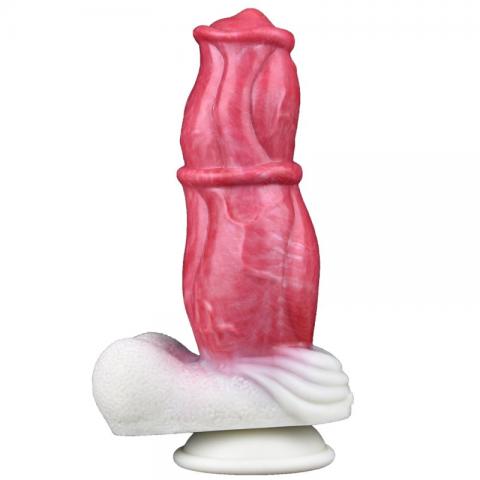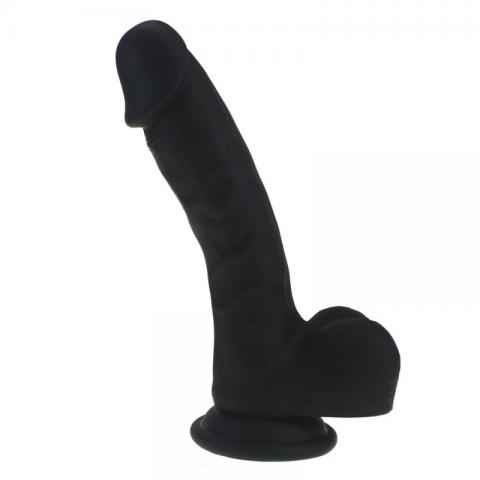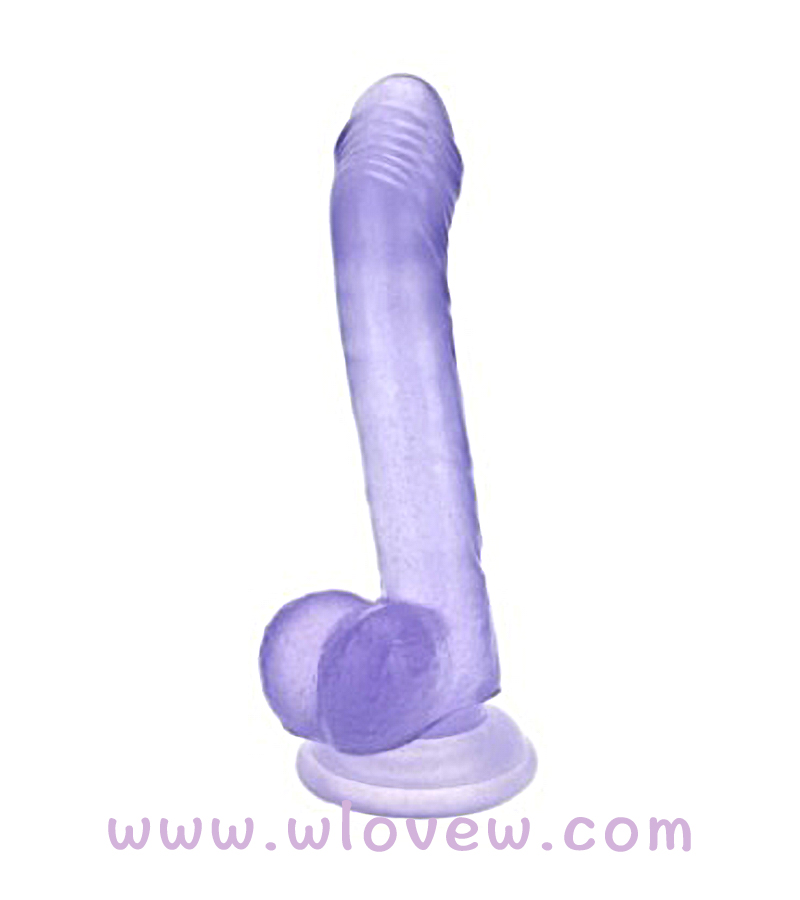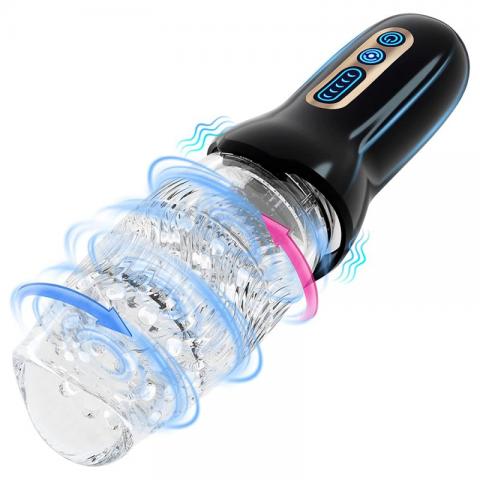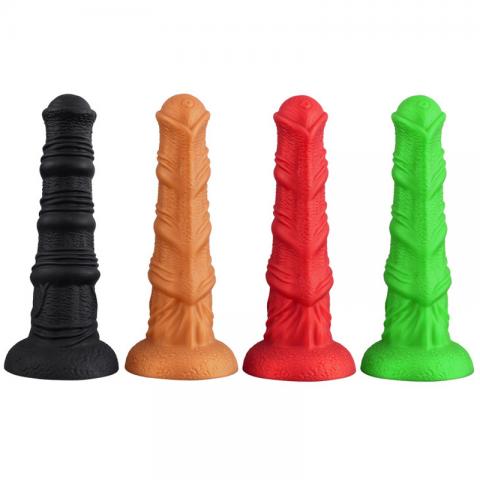Login
 USD $
USD $
 AUD AUD
AUD AUD CAD CAD
CAD CAD GBP £
GBP £ EUR €
EUR €
All Categories
(0) My Cart (0)
LambskinMushroom DildoNew ArrivalCheap
pleated filter cartridge factory
high flow filter cartridge
large flow filter cartridge
membrane pleated filter cartridge
capsule filter suppliers
capsule filter 0.2 micron
capsule filter price
capsule filter
New Products
Sex expert: how to improve the success rate of safe period contraception?
The safest "natural" condoms during the safe period although contraceptives are available everywhere, many people still prefer to use the safe period to avoid pregnancy and enjoy the "pure natural" feeling. We often encounter women who use safe-period contraception, but still have to suffer from non-pregnancy. It is not that the safe period does not work, but that they will not look for it, so it is inevitable to suffer this kind of hardship. Which day is safe: women of normal childbearing age have menstruation once a month, from the beginning of this menstruation to the first day of the next menstruation, which is called a menstrual cycle. For example, in terms of contraception, a woman's menstrual cycle can be divided into bleeding days, extremely easy pregnancy days and safe days. As long as you make sure that you are in a safe period, then "pure nature" is safe. You have to find it yourself. a lot of people know how many days a month is safe. But I can't find it at all or can't find it at all. In fact, it is also very easy to find, there is more than one way, but you must understand the truth before looking for it. Women produce only one egg a month. The date of ovulation is usually about 14 days before the next menstruation. After being excreted from the ovary, the egg can survive in the fallopian tube for 1-2 days to wait for fertilization, and the sperm can survive in the female reproductive tract for 2-3 days. Sexual intercourse is extremely easy to conceive in the days before and after ovulation. To be on the safe side, avoid "natural" behavior 5 days before and 4 days after ovulation, including the day of ovulation. In theory, except for the above days, it is not easy to get pregnant at any other time, and it should be safe. It's called the safe period. However, such a calculation also carries risks, because women's cycles are greatly influenced by the environment and emotions, and will change in the event of a particular event. If you divide the safety period with constant changes, it will become less safe, and there will be several other ways to use the safety period in order to be really safe. For example: according to the menstrual cycle calculation, measure the basic body temperature and observe cervical mucus secretion and so on. The "first seven after eight" and "first seven after eight" of safe period contraception is a common way to calculate the safe period in safe period contraception, but some women fail because of the wrong understanding of "first seven after eight". During the safe period, as the name implies, most people will think that there is no need to care too much about contraception at this time. In fact, this is very wrong. Let's see what the experts say with Brother Egg. Here to make a simple exposition of the first seven and the second eight: the first seven: this is very easy to understand, that is vibrator for women , the seven days before menstruation, which is a relatively safe post-safe period, which basically no one will misunderstand. The latter eight: it refers to the eight days after the first day of menstruation, not after the end of menstruation. If a woman begins her menstruation on December 01 and ends on December 06, then the "last eight" refers to the eight days from December 01 to December 08, rather than the eight days from December 07 to December 14 after the end of menstruation. In fact, this woman ruled out a few days of menstruation, and the only ones that really belong to the pre-safe period are December 07 and 08. If a woman's menstrual cycle is less than 26 days, generally speaking, the "first seven" can still be calculated as a safe period, while the "last eight" is not applicable. Safe period contraception due to emotional, climate, environmental and other factors, may lead to early ovulation, postpone or even additional ovulation, so safe period contraception is not absolutely safe, so women are not recommended to use safe period contraception alone. Is safe period contraception really safe? Safe-period contraception is a method that many couples and couples like to use, with the advantages of simple, direct and low cost, and the most prominent disadvantage is high risk. Statistics have shown that the effective rate of safe-period contraception is about 83%. At first glance, it looks good, but it is still a far cry from the 98% or 99% effective rate of condoms, vaginal diaphragm, birth control ring and so on. No wonder some people say that "the safe period is not safe." Each has its own safe period of contraception is a way that many couples and couples are happy to use, the advantages are simple, direct, low cost, the most prominent disadvantage is high risk, there have been statistics show that the effective rate of the safe period is about 83%. At first glance, it looks good, but it is still a far cry from the 98% or 99% effective rate of condoms, vaginal diaphragm, birth control ring and so on. No wonder some people say that "the safe period is not safe." According to reason, the safe period is the day when there are no conditions for fertilization, so it should be safe to have sex during the safe period, but many people have suffered from the "safe period". The crux of the problem lies in the calculation of the safe period. Every adult woman has her own menstrual cycle, and no two people are exactly the same, so everyone has their own safe period, whether it is "the first seven or the last eight" or "the first three or the fourth" is not suitable for everyone. How to improve the success rate of safe period contraception? For married women who want to have a baby, they have to take advantage of the dangerous period, that is, the ovulation period, in order to be a successful person. In both cases, they must understand their menstrual cycle in order to get what they want. So ladies, do you know the method of calculating the safety period? Next, the editor will take you to learn about it. The calculation method of safe period should be based on the menstrual cycle, the so-called menstrual cycle is: the first day of this menstruation is counted as the first day of the cycle until the day before the next menstruation, which is called a menstrual cycle. Generally speaking, it is about 26-35 days. The menstrual cycle can be divided into two stages: the first stage, that is, the first day of menstruation lasts from the first day of menstruation to the day of ovulation, which is about 12-22 days depending on each person's physique. I will take the 28-day cycle as an example: menstruation lasts about 3-5 days, and on the 7th day, the ptosis will secrete hormones to stimulate the development of the egg, when the egg matures. The pituitary gland begins to secrete estrous hormones to thicken the uterine tissue until ovulation begins on the 14th day of the cycle, and the first stage is over. In the second stage, everyone's time is roughly the same, that is, from the day of ovulation to the next menstruation, usually two weeks after ovulation, that is, 14 days, is the day of menstruation. During this period, the mature egg will go from the ovary through the fallopian tube to the uterus, that is, the period of ovulation, which is about 24-48 hours, during which the concentration of estrous hormone will decrease and the luteal hormone will rise. the aim is to make the endometrium thicken continuously so that the fertilized egg can be implanted. If there is sperm entering at this time, a fertilized egg will be formed. That's how pregnancy begins. But if there is no fertilization, the egg will shrink after 1-2 days in the womb, and then in about two weeks, the thickened endometrium will naturally peel off and start the next menstruation, so again and again. If women want to improve the success rate of safe period contraception, they should master the following points: first, the basic temperature measurement mainly refers to the body temperature after 6 to 8 hours in the state of complete rest, throw the thermometer below 35 ℃ before going to bed, and then put it next to the pillow, do not talk after waking up, do not get up, do not drink water, and then put the thermometer under the tongue for measurement. Finally, record the body temperature and write it down in the table. During the childbearing period, the body temperature of women during the menstrual cycle will be bipolar, and the body temperature before ovulation will be lower than before, about 36.5 ℃. The body temperature will be even lower during ovulation, and the body temperature will rise after ovulation remote vibrator , which will be 37 ℃ or above until the next menstruation. These are mainly caused by hormones secreted by the ovaries. If the basal body temperature rises continuously for 3 days dildo hero , it is a safe period. After continuous measurement for 3 months, the date of ovulation and the safe period can be accurately measured, and safe period contraception can be used. Second, the determination of cervical mucus is mainly to observe the periodic changes of cervical mucus and to confirm the pregnancy period. If the feeling of sticky vulva indicates that it is a dangerous period, avoid having sexual intercourse at this time. If the vulva is dry and wet bluetooth vibrator , you can have sex the next night. It is better to have sexual intercourse during menstruation and when there is massive vaginal bleeding. Third, the menstrual card and ovulation period should be recorded on the first day of menstruation, and should be recorded for 3 months all the time, so as to know how many days the menstrual cycle is, so that the ovulation period between the two menstrual cycles can be measured. In the critical period to avoid sexual intercourse, so that you can achieve the purpose of contraception. Recommended reading: seven difficult ventriloquist skills that make you want to have sex every night. Men and women must know the top 10 sexual skills and superb sexual skills to get women into G-spot sex the most exciting part of both sexes: the top 10 must-kill skills for sexy women to seduce men when having sex on the bed, men and women most like to hear three kinds of voices.
Realistic dildo | best vibrator | pvc dildo | fat pocket pussy
Realistic dildo | best vibrator | pvc dildo | fat pocket pussy
- Alien Wolf Phallus - 34
- $30.96
Read More huge dildo
Subscribe for Join Us!
Subcribe to get $10 OFF for order.
- Information
- About us
- Contact us
- Customer Service
- Privacy Policy
- Return Policy
- Shopping Guide
- Payment Methods
- Contact Us
- [email protected]
- Room 1003, Chevalier House, 188 Chatham Road South, Tsim Sha Tsui, Kowloon, Hong Kong
CopyRight © wlovew.com 2002-2025












-
Download wholesale quotation
My Cart (0)
Download wholesale quotation


